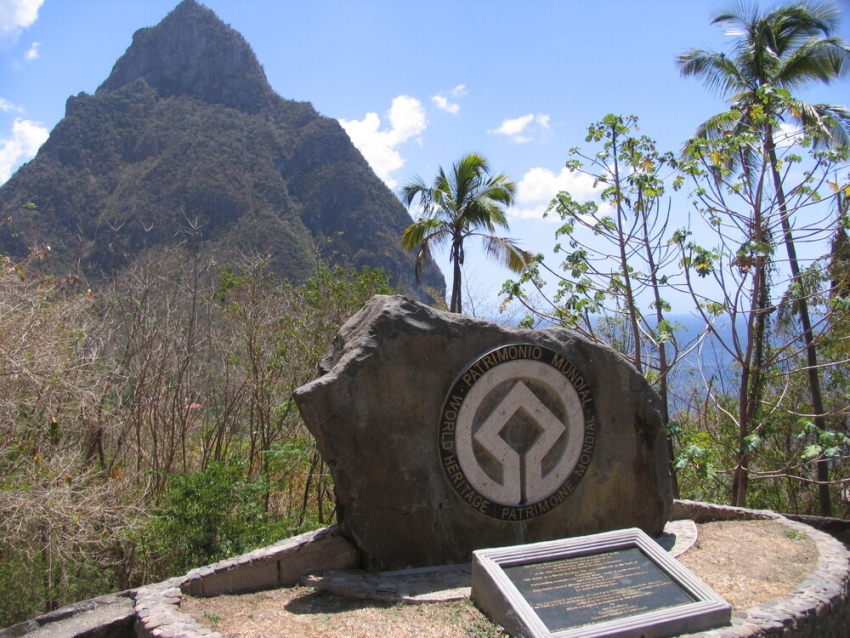The World Heritage status of the 2909-hectare volcanic area was rumoured by some quarters of the public to be under threat, following a developer’s expansion of his property. Edward says the government continues to expend all necessary resources to ensure the Piton Management Area is protected.
“There’s no battle with UNESCO. I think if there’s a battle, it’s with private property owners. And we’ve been speaking to them, trying to dissuade certain developments. But people have a right to resort to the Courts to make their point,” the Sustainable Development Minister explained.
Edward says the Pierre Administration is assessing its options as it pertains to regulated development in the PMA. In August 2023, the Court of Appeal ruled in favour of a Canadian developer who sought to expand his dwelling by 3,500 square feet.
“We, as an administration, are speaking with international partners to see what can be done to ensure that we safeguard the World Heritage Status that we currently enjoy. This means a lot to Saint Lucia and it means a lot to the people of Soufriere,” the Minister explained.
He continued by pledging that the government will spare no expense to protect the PMA. “We will spare absolutely no effort whatsoever to preserve the World Heritage Status that we [have]. We understand that the lands in the demarcated area that constitute the PMA are privately owned and if it is that we have to acquire lands, or do whatever is possible within the legal framework, we will do so. But for us, the priority of this administration is that we will preserve at all costs the current World Heritage Status that we enjoy with UNESCO.”
The Pitons are two volcanic spires rising side by side from the sea (770 m and 743 m high respectively), linked by the Piton Mitan ridge. The volcanic complex includes a geothermal field with sulphurous fumaroles and hot springs. Coral reefs cover almost 60% of the site’s marine area. A survey has revealed 168 species of finfish, and 60 species of cnidaria, including corals, eight molluscs, 14 sponges, 11 echinoderms, 15 arthropods and eight annelid worms.


